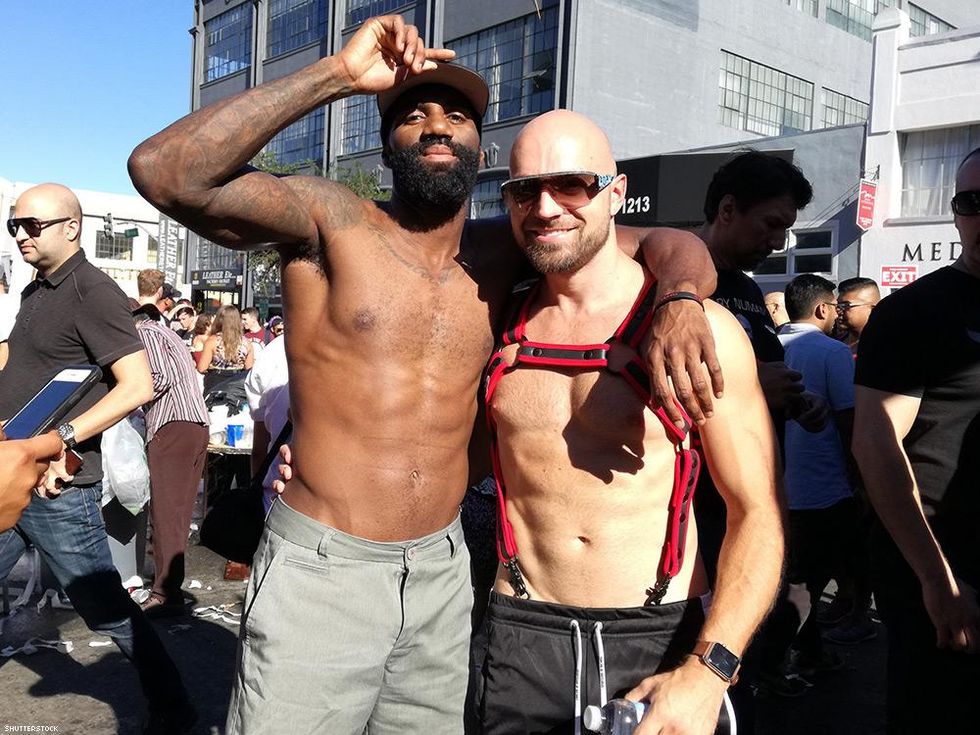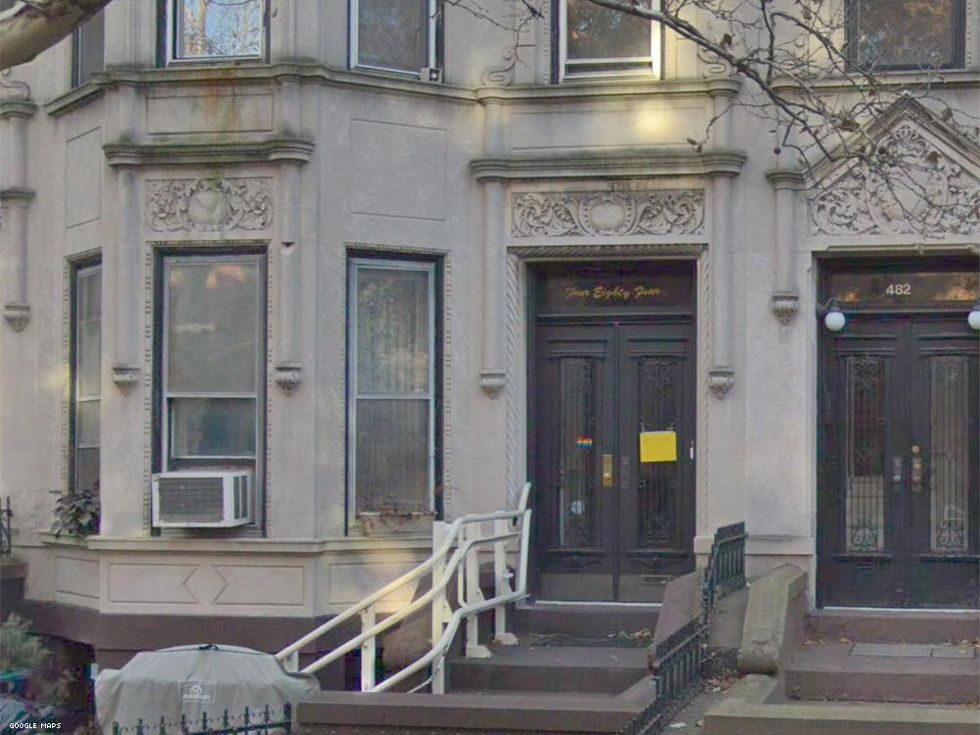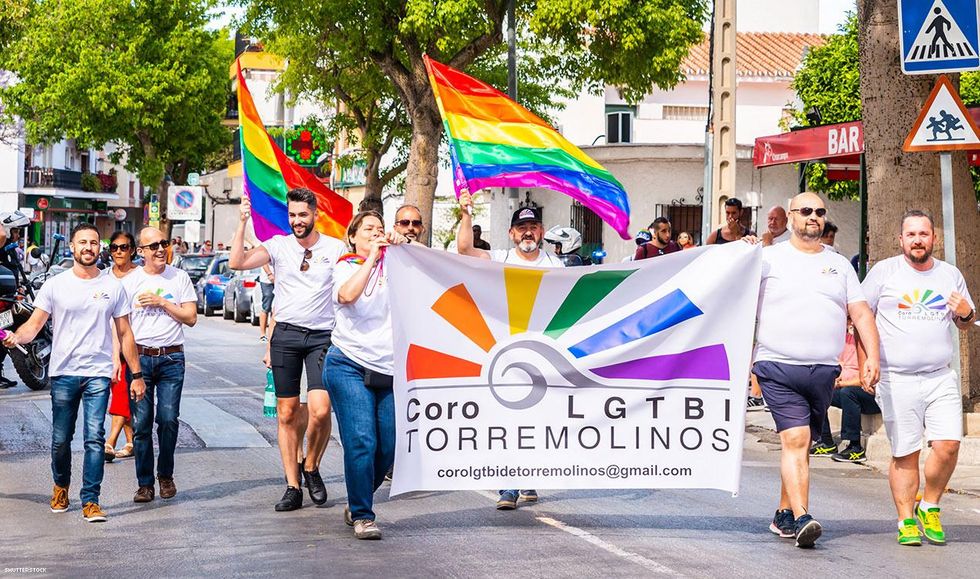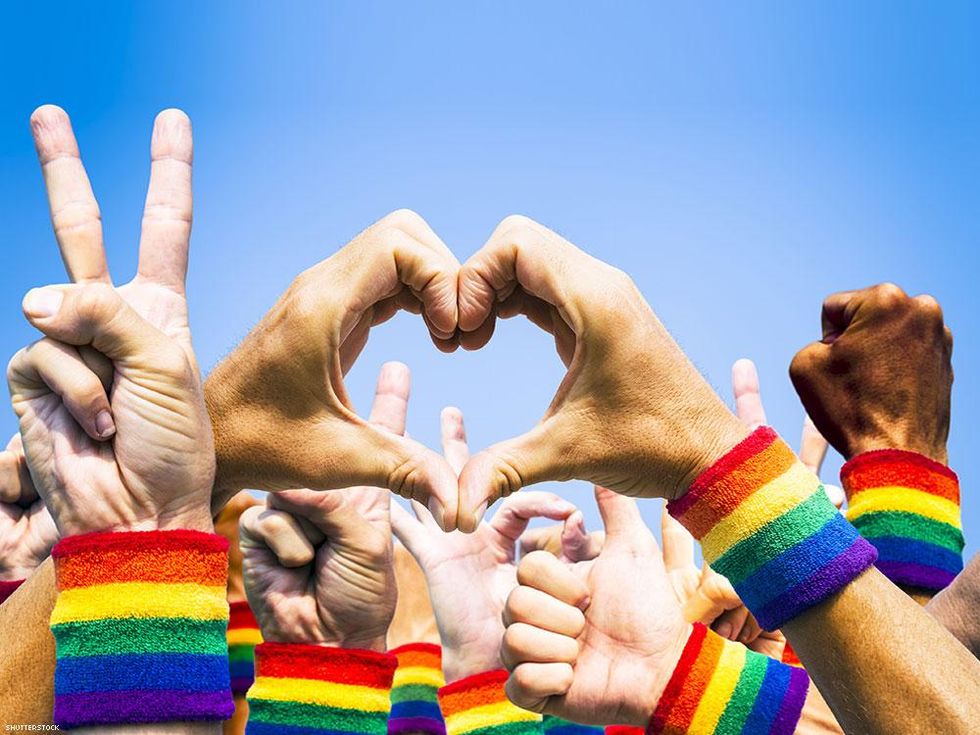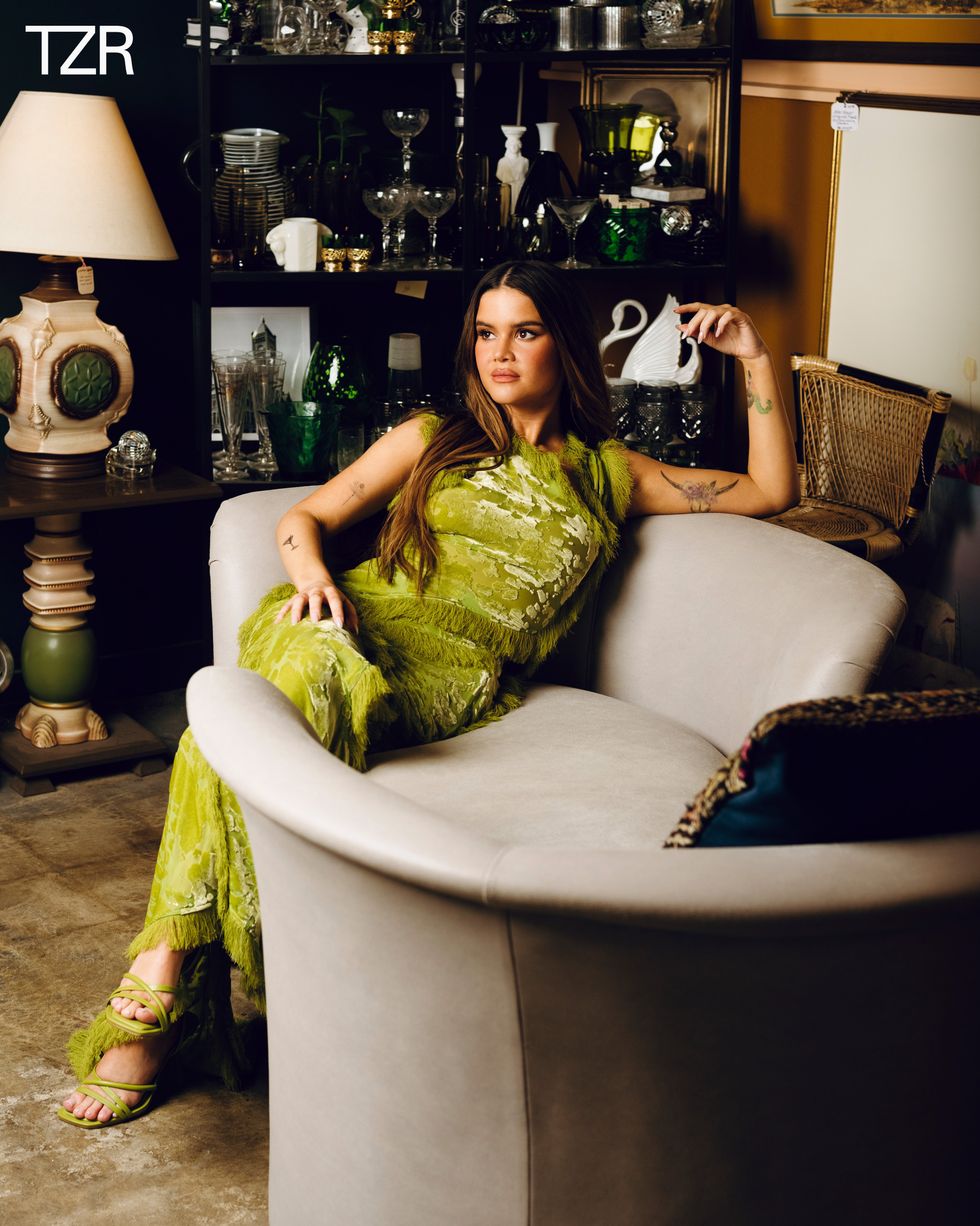The ever-growing lexicon of LBTQ+ terms and identities is hard to keep up with, but it's important to do so to make sure we're staying inclusive of everybody.
A term you may see floating around online -- here included -- is "Sapphic," which has gained popularity on social media apps like TikTok. What you might not know, or understand, is what "Sapphic" actually is. More importantly, you might not understand how it differs from the term "lesbian," or whether the two can be used interchangeably.
It's all good, we get it: We have a hard time keeping up with it all sometimes, too.
Fortunately, we've got you covered. Whether you're looking to brush up your knowledge or figure out what it is for the first time, keep reading for some fun facts about the term "sapphic," including where it came from and how it got so popular.
What does sapphic mean?

LightField Studios/Shutterstock
Sapphic is an umbrella term or label that’s generally used to describe a woman who is attracted to another woman. However, the umbrella term stretches further to include lesbians, bisexual/pansexual women, trans femmes, mascs, and nonbinary folks, as well as cis women instead of just catering to cis women only.
However, unlike these sexualities, “sapphic” aims to focus more on attraction that’s less about any specific gender identity and more about the potential lover themselves. Unlike being a woman who loves women (WLW), being sapphic can also mean you have an attraction to men.
What’s the difference between “sapphic” and “lesbian?”

LightField Studios/Shutterstock
As with most identities, there are a lot of nuances to figure out.
Firstly, it's important to note that there is a distinction between being a lesbian and being sapphic. It’s also important to remember that, although lesbians can be sapphic, not every sapphic is a lesbian. Thus, the term cannot be used interchangeably.
Also, sapphic is more gender-inclusive than the WLW acronym attached to being a lesbian. Many nonbinary people, particularly those assigned female at birth, feel more aligned with cisgender sapphics in terms of dating and relationships. The umbrella term allows for this more inclusive experience for everyone.
Where did the term originate?

Simeon Solomon; Public Domain
The history of the term “Sapphic” is a fun one, and it’s almost exclusively linked to the history of the term “lesbian,” as well. It’s rooted in ancient Greece with the poet Sappho, who lived on the Island of Lesbos around 600 B.C. and was renowned for her lyrical poetry. She often expressed interest in both men and women, and her poems were always personal and captured the essence of love and passion.
Although the World History Encyclopedia notes there isn’t any confirmation of Sappho being gay, it does say that the little that remains of her work suggests that she was and confirms that her name inspired both the “Sapphic” and “lesbian” terms. Very little is known about her, and out of the nine volumes of her original work, only 650 lines survived.
Allegedly, Sappho’s work was purposefully destroyed by the medieval church to suppress lesbian love poetry.
When did the term become popular?

Ladanifer/Shutterstock
According to Merriam-Webster, the first known use of the term “Sapphic” was used as an adjective in 1501, then as a noun in 1586. However, many people believe the term gained popularity in the 1800s when the archives of Sappho’s poetry were discovered, despite what little remained of her work.
On the flip side, we have the term “bisexual,” which Etymology Online says didn’t exist until 1824, but not in general use until the 1950s. Prior to that, terms like “bisexous” and “bisexuous” were used, particularly for intersex people known then as “hermaphrodites.”
Since “lesbian” is exclusive to WLW, the term “Sapphic” started gaining traction around the same time the word “bisexual” entered into more mainstream use. It’s still a little unclear if the original wave of popularity included all women who loved women or just those who exclusively did so. Either way, the term was used as a synonym for “lesbian” in the mid-to-late 20th century.
How is sapphic used within the community today?

Carlo Prearo/Shutterstock
Now, the term has branched out to be more inclusive and even become popularized on social media apps like TikTok. In 2014, there was a spike in searching for sapphic meaning, which has helped spread the word. Although the term doesn't have nearly the same reach or popularity as "lesbian," it's still gaining traction, particularly post-pandemic.
@itgetsbettercanada Welcome back to another queer history moment! Did you know the history behind the term Sapphic? #Sapphic #Sapphos #Lesbian #2SLGBTQ #Queer #lesbianvisibilityweek #isleoflesbos #QueerHistory #Poetry #WLW
The outreach has helped the growth of the term “Sapphic” as an umbrella label for those who don’t identify with being a cisgender woman. It has become more of a safe word that reminds you when you’re in the company of like-minded individuals.
This is especially important for queer women who are questioning their gender or sexual identity. A term like “WLW” renders it more exclusive, which may feel more intimidating to ask the questions you may really need the answers to.
What does the sapphic flag look like?

Julius Kliucinskas/Shutterstock
Popularized in 2017, the sapphic flag is credited to Tumblr user lesbeux-moved in 2015. It’s comprised of pink stripes surrounding a white stripe in the middle, with the white stripe housing a violet flower. The pink is meant to represent love, and the violets represents the “Sapphic” desire.
The white stripe originally meant “purity,” but after some pushback to the racist connotations, the idea was removed as it gave credence to white women being the standard of beauty and innocence.
How to support Sapphic people

Charles E. Miller/Shutterstock
Trust us, we know it can be challenging to keep up with the changing times and be respectful for everyone. We learned the word "COVID" pretty quickly, so it shouldn't be hard to figure out a way to commit these identities to more memory. A 2023 Gallup LGBTQ+ Identity Poll showed that Sapphics made up around 15% of people in the queer space, so it's safe to say they're not going anywhere anytime soon.
If you identify as Sapphic or think you might, check out some resources through Sapphic Visibility Day, which is celebrated every year on April 9. The website not only answers any questions you may have, but also helps link you with other Sapphics both online and in person.



















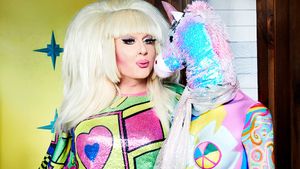












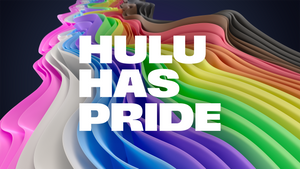

























 A couple kisses in the middle of the street during the Christopher Street Day ; Men seen kissing during the 2023 Pride Barcelona Parade.Yerchak Yauhen/SOPA Images/LightRocket via Getty Images; imone Boccaccio/SOPA Images/LightRocket via Getty Images
A couple kisses in the middle of the street during the Christopher Street Day ; Men seen kissing during the 2023 Pride Barcelona Parade.Yerchak Yauhen/SOPA Images/LightRocket via Getty Images; imone Boccaccio/SOPA Images/LightRocket via Getty Images




